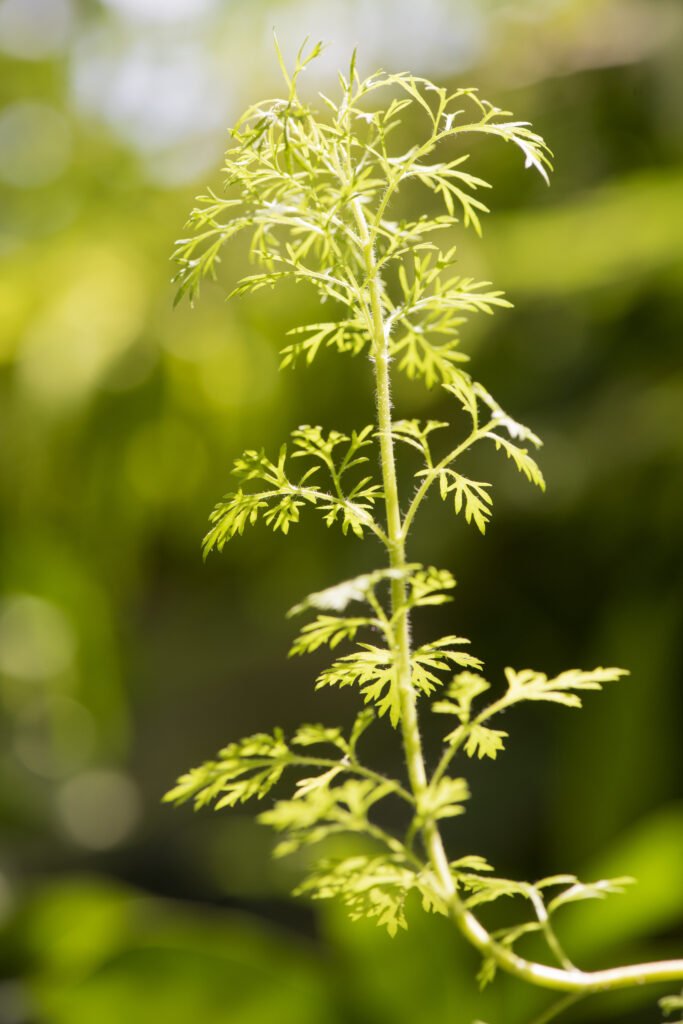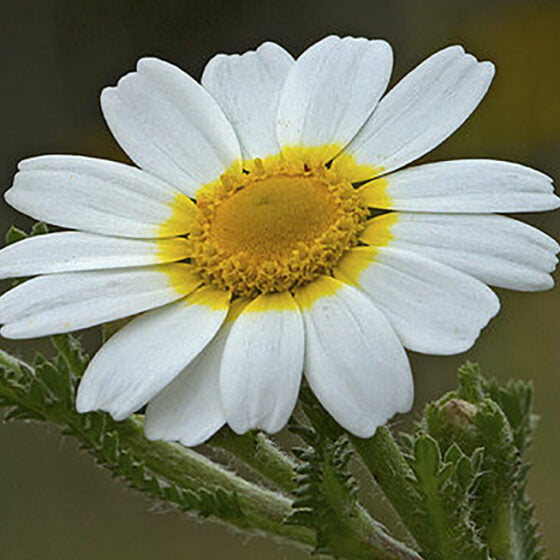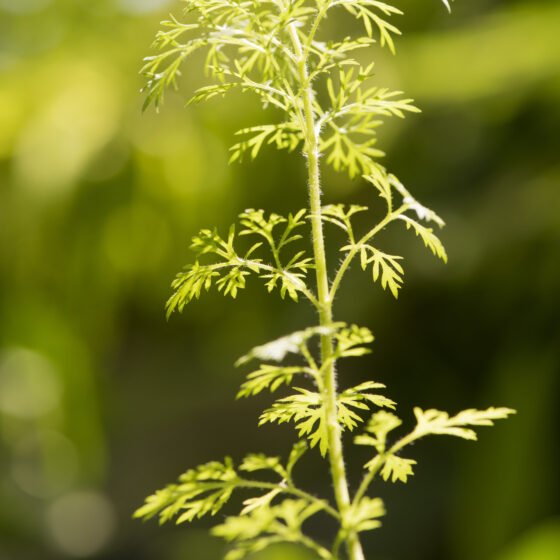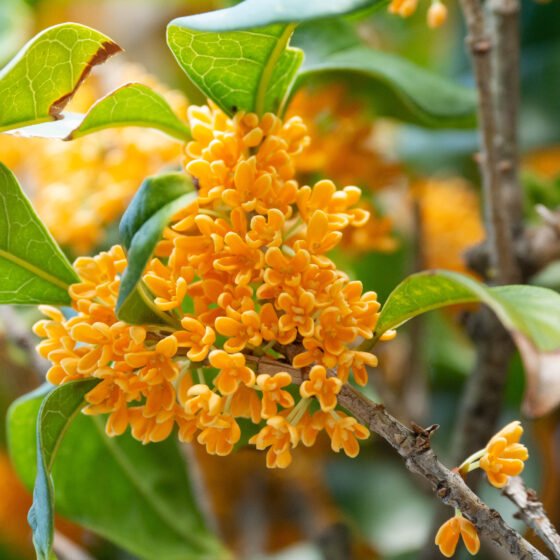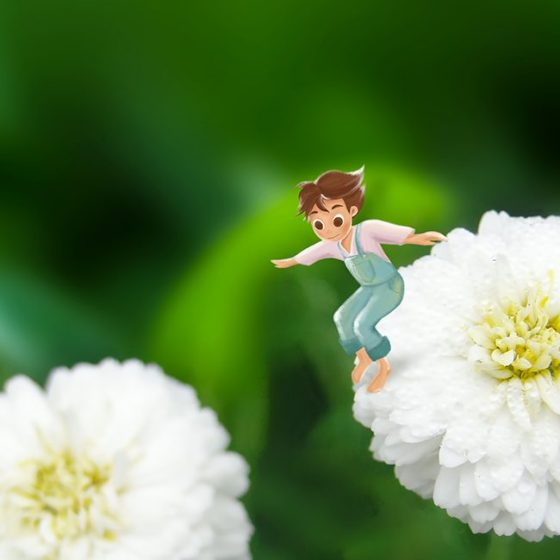
Davana India
Artemisia pallens
General data
Harvest Calendar
- J
- F
- M
- A
- M
- J
- J
- A
- S
- O
- N
- D
Product details
Fragrance side
Davana essential oil is found in the hearts of fruity accords, often in peaches and apricots. It works beautifully in liqueur reconstitutions, and as a top note in fruity-floral blends
Well-being side
Expectorant, anti-inflammatory, anti-infectious. Soothes, channels, restores structure to bring thoughts back to basics.
About
Davana is a small aromatic herbaceous plant native to southern India. It was long grown in Indian gardens, having an exquisite fragrance that was very popular there. In the wild, it usually grows near sandalwood trees, a preferred location. The blue-green leaves have a grayish-white downy coating and the plant produces pretty, fragrant, yellow flowers.
Davana is strongly rooted in Indian religious traditions. Called Davanam in Tamil, the plant is braided into lovely wreaths and bouquets for use in rituals and to decorate the temples dedicated to Shiva. Davana is used as a daily offering, placed on the altar early in the day to be removed in the evening. Used in Ayurvedic medicine, davana is an integral part of Indian folklore and culture.
Davana takes four months to reach maturity. Harvesting is done when the flowers are fully in bloom in late summer. Davana is very delicate and requires the utmost attention during harvesting. The whole plant is cut by hand using a sickle and allowed to dry for about a week before distillation.
Other type of extracts
(Fruity)
